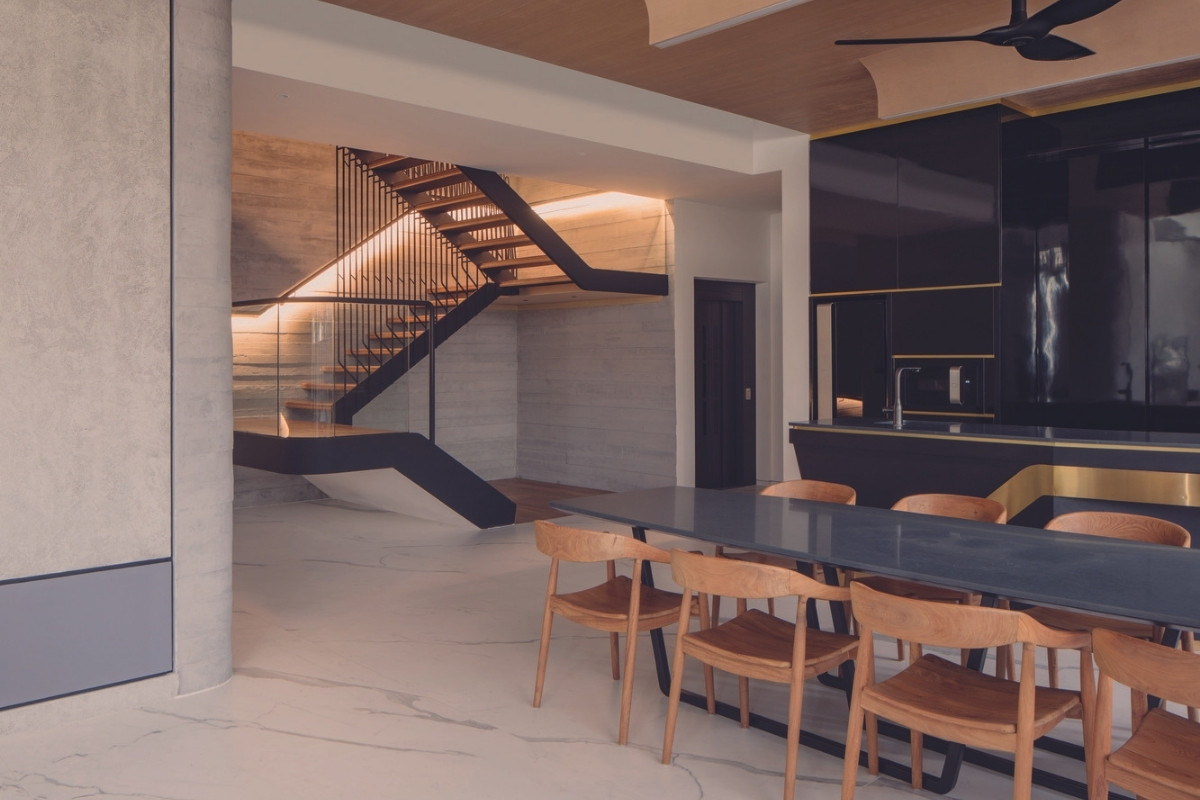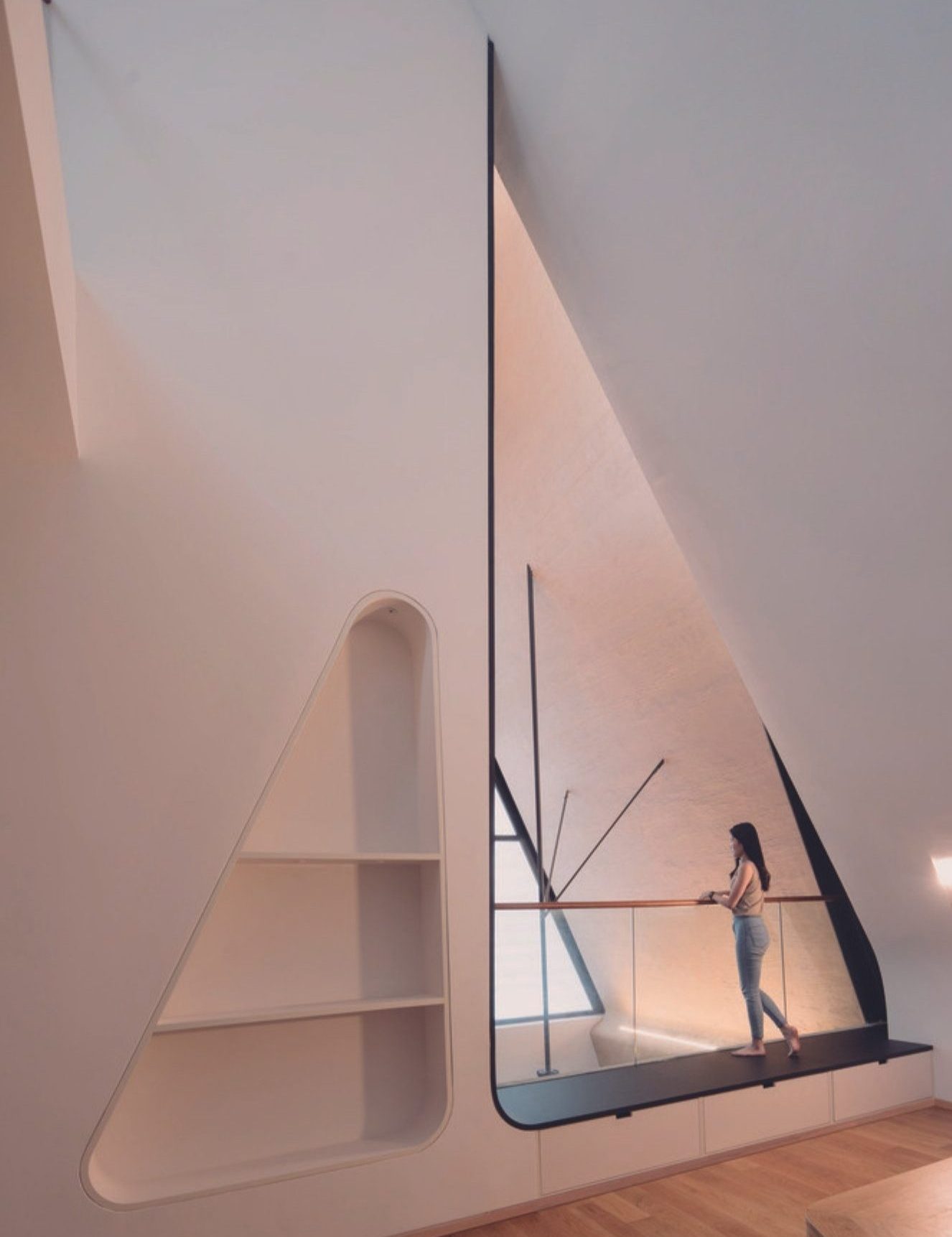 30th June 2022 | IN DESIGN ADVICE | BY SBID
30th June 2022 | IN DESIGN ADVICE | BY SBIDIn this week’s interview with SBID Awards Product Design judge and Chief Executive at Scott Brownrigg, Darren Comber talks about the power of innovative design thinking, its role in future proofing our environments, changing and enriching our lives. He also shares what role the sustainable aspect will play in his judging process.
How important is innovative design thinking when it comes to the future of our built environments?
Innovative design has the power to help address the climate emergency, future proof our built environment, and ultimately enrich lives. We need holistic, culture-led approaches that look beyond aesthetics and current trends in order to create spaces that people choose to be in. The pandemic has caused a significant shift in our thinking; people want to occupy spaces that have been designed with sustainability in mind, and flexible enough to suit their needs. Inclusive spaces that can support a range of communities and cultures are fundamental.

Why is the power of good design so important? How does this impact our lifestyles and ultimately, enrich our lives?
The vast majority of people engage with the built environment in one way or another, and can therefore experience the benefits of good design. It’s not just about new innovations, but thinking critically about how we do things already – and looking for opportunities to make them better.
Good design could play a crucial role in addressing key challenges we face today, such as the rise in the cost of our energy bills. By changing our mind set on what’s considered the norm, we can improve the quality and efficiency of our homes. Residential planning in the UK often discourages predominantly north facing apartments in favour of dual aspect or south facing aspects. But maybe this should be challenged? South facing apartments often feature smaller windows as a means to manage excess heat gain. If we were to embrace north facing residential design innovatively, it could be a simple way to create comfortable living environments that cost less to light, heat and cool. With bigger windows and better connections to the outdoors.
It can also help us reduce the embodied carbon of our buildings – our design for CABI Headquarters features a stunning exposed steel and concrete interior which saves resources, is sound absorbent, assists with cooling and requires little maintenance. The internal layout is also extremely flexible to reduce need for future fit-out.

Scott Brownrigg are members of the UK Green Building Council and adopt a sustainable building approach. How can the design industry continue to address the environmental impacts of its operations, and will this ethos influence your judging process?
Sustainable solutions can be perceived as the expensive option, so it is up to us to promote the benefits of sustainable design and demonstrate long-term value to our clients and that good sustainable design does not ultimately cost more, but actually less. Sharing knowledge, collaboration and open debate is key to moving the industry forward – ultimately the whole consultancy team needs to be on board and aligned when it comes to meeting the sustainability goals of the project. These goals need to be embedded in the concept and thought about at every stage of the building process; during construction, operation, and what happens once the design reaches end of life. Whole life cycle cost and carbon assessments can help us make more informed decisions when it comes to the design, and the materials and products we specify.
We can also strive to meet benchmark sustainability and wellbeing standards such as Passive House and WELL Certification as we design. Our fit out of EQT Partners London Headquarters was the second London office to achieve a WELL Building accreditation, having successfully tackled issues such as a lack of natural light, poor acoustics, and fitting a variety of functions into a limited space. Challenges we are keen to see addressed during the judging process.

Why is product innovation so essential for the interior design sector, and how can we expect the relationship between manufacturers and designers to evolve going forward?
Interiors tend to have a shorter lifespan than the fabric of the building, changing with occupant need and aesthetic requirements often leads to the interior design being changed many times across the lifespan of a building. Product innovation is therefore crucial in helping us to improve sustainability of the spaces we create. We need to make sure that materials sourced are as sustainable as possible, taking into account the embodied carbon required to make, transport and when the time comes, to reuse, recycle or readapt at end of life.
A much closer relationship between designers and the whole consultancy team is required in order to ensure the design is sustainable, affordable and fit for purpose – fulfilling client (and often, their end user) ESG goals and commercial requirements. We will reach a point where we will need to know the embodied carbon associated with every nut and bolt in order to meet these goals, and the manufacturers buy-in to this process is crucial. With digital twins, we already have the ability to monitor and store data such as predicted lifespan and embodied carbon associated with the building structure – using the same technology for our interior components could help us increase the long-term sustainability and financial viability of our designs too.

Finally, what advice can you give to designers entering the SBID Awards?
The scheme needs to clearly demonstrate its concept and what’s special about it. This should be impactful and easy to explain in no more than 30 seconds. Blue sky thinking is great but we also need innovation that can be implemented – we want to see schemes that are logistically viable yet set new standards of design. All while keeping sustainability and designing for the life cycle of the project in mind.

Cover image: Strata House © Khoogj.
Questions answered by Darren Comber, Chief Executive, Scott Brownrigg.
Darren has Strategic Board responsibility for the quality of design across the practice and has been at the forefront of many of the practices high-profile projects within the UK and internationally. With experience in a broad range of sectors including commercial, education, residential, hospitality and retail, Darren instigates a fresh enthusiasm for modern architecture, innovative ideas and a sensitive concern for the environment. More recently he has been working on how to encourage vitality back into our Cities, creating alternative uses for empty retail units and how to provide healthy destinations that support new existing and businesses.




